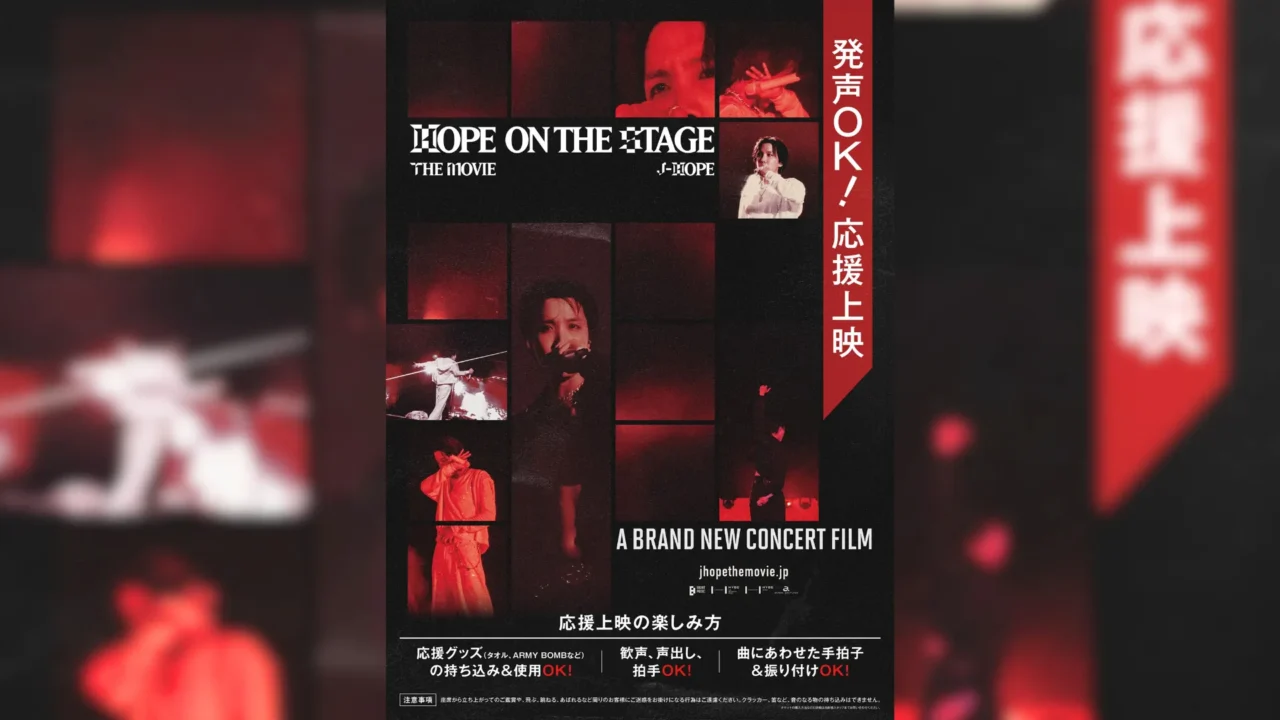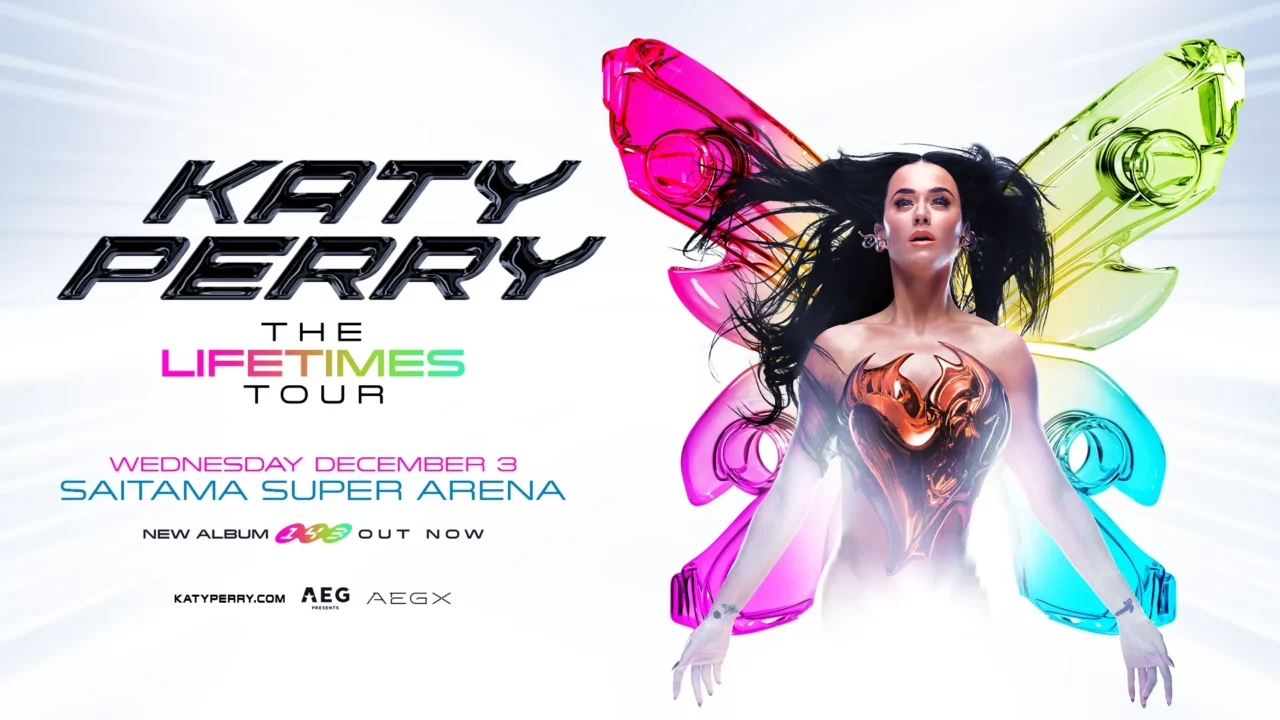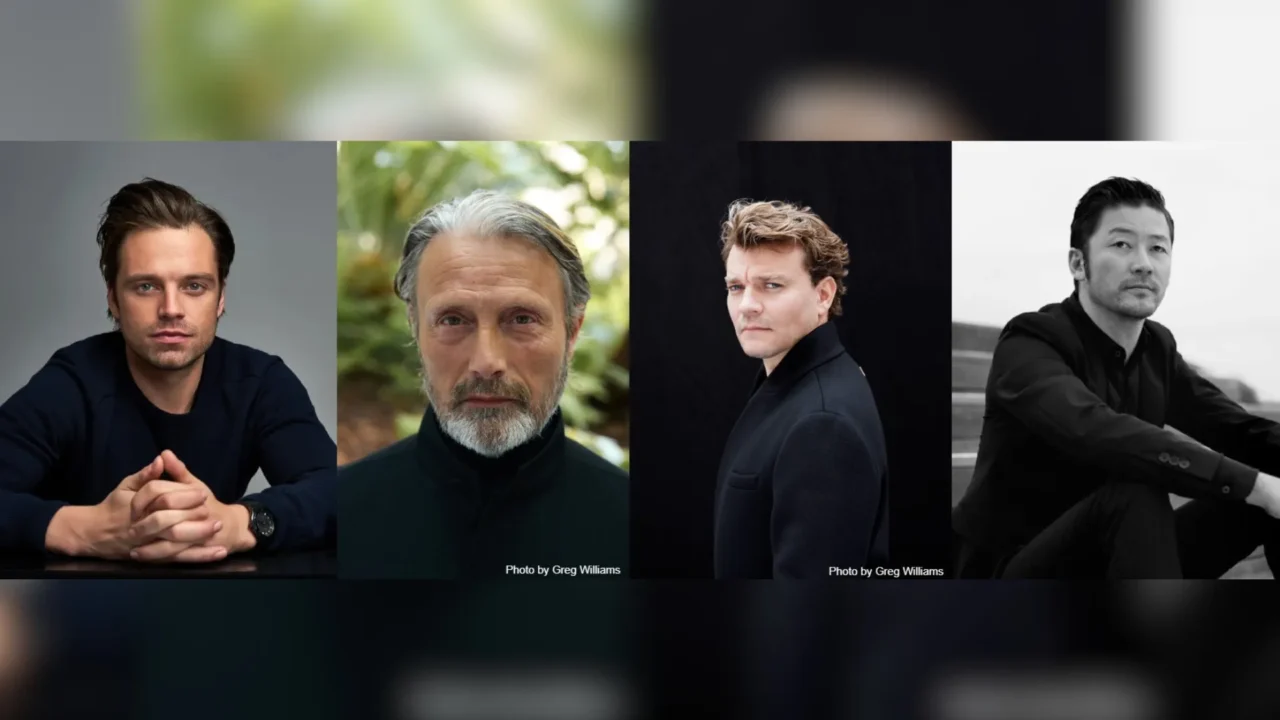‘Challengers,’ directed by the acclaimed Luca Guadagnino of ‘Call Me by Your Name’ fame and starring Zendaya, is set to premiere in theaters on June 7th (Friday).
Delving into this captivating film, celebrated for its bold electronic score by Trent Reznor & Atticus Ross and a standout track sung by Caetano Veloso, music director and critic Yuji Shibasaki provides insights into its significance in Chapter 14 of “Music Makes the Movie.”
INDEX
Tennis Players Entangled in a Love Triangle
Luca Guadagnino has consistently delved into the uncontrollable passions of various characters, as seen in ‘Call Me by Your Name’ (2018), depicting a young boy’s passionate summer love, and his previous work ‘Bones and All’ (2023), which centers around cannibalistic youth. With a keen eye for such themes, he has unearthed them with striking visual beauty. In his latest film ‘Challengers,’ Guadagnino continues to explore these themes deeply. However, in terms of sharpness and dynamism, it is perhaps his most accomplished work to date.
The film revolves around a love triangle spanning approximately 13 years between Tashi Duncan, a young tennis prodigy portrayed by Zendaya, and two male players who are infatuated with her: Patrick Zwieg (played by Josh O’Connor) and Art Donaldson (played by Mike Faist).
Patrick and Art have been best friends since they were boys, and although they have opposite personalities, they have a strong bond based on their passion for tennis. One day, the hottest girl in the world appears in front of them. It is Tashi, a young player who is the best in the world of student tennis. The two are instantly attracted to Tashi, and she proposes a bet: whoever wins the next day’s match will get her contact information. The result is that Patrick beats Art, and Patrick and Tashi become lovers.
Tashi has a promising future as a past champion, but tragedy strikes at the match immediately following her catastrophic fight with Patrick. While Art watches the match, she suffers a serious injury that forces her to end her playing career, and although she is devastated, she strongly searches for a new life.
Years later, when Art and she reunite after a long absence, she has retired from the game and has begun her career as a coach. Art, who had long harbored a crush on Tashi, asks her to be his partner.
A few more years later. At first glance, Art and Tashi seem to have a happy family and a very successful tennis career. Patrick, on the other hand, leads a life of debauchery, and his ranking as a player continues to decline. However, a twist of fate brings the three of them together again at a match. Will Patrick be able to take revenge on Art and Tashi? Or will he be able to find out at …….

INDEX
A Cinematic Exploration of Rhythm and Passion
Although ‘Challengers’ has the appearance of a “sports film” about tennis, it is in fact only one motif. This is a film of rhythm and passion. A woman who devotes herself to tennis, and two men who have an extraordinary passion for her, stimulate, seduce, inspire and defeat each other with their bodies and minds, and this is expressed in the most rhythmic way possible. The intense exchange of passions, like a tennis rally, and the anxiety and stagnation that sometimes come with it, are all woven into the rhythm that they form. The interweaving of these rhythms expands, distorts, and sharpens the triangle they form.
The main factors that create this rhythm are, first and foremost, the skillful shots, aggressive camera work, and meticulous montage. The way in which each player’s subjective shots are lightly layered, and the powerful smashes are shot toward the camera, one feels, to put it simply, as if the viewer himself were standing on the tennis court and trying to rally (in fact, I found myself dodging the tennis balls coming at the camera at such high speed that I was almost dodging), (In fact, I found myself ducking and dodging as the tennis ball came at the camera at high speed.) This seesaw-game rhythm is extended to the off-court exchanges as well, and a peculiar tension persists throughout almost the entire film.

INDEX
Electronic Soundtrack Igniting Passion and Desire
Another important aspect of the film is, needless to say, the music. Trent Reznor and Atticus Ross, a well-trained team that has worked on a number of outstanding films, starting with David Fincher’s “The Social Network” (2010), worked on an intensely danceable electronic music with a strong techno/house flavor.
Here is what Guadagnino had to say.
The first thing that came to mind about the music for this film was that I wanted music that would make people watching the movie want to dance. So, I told Reznor and Ross, ‘How about music like rave concerts or house music?’ The momentum of the actual film comes from the music.
From press materials
As Guadagnino had envisioned, the tracks created by Reznor and Ross are remarkably effective. The beats of each track “direct” the film directly by dynamically blending with the rhythms of the camera, the actors’ body movements, and the montages, with a degree of adherence that exceeds that of ordinary dramatic music. Furthermore, by effectively placing the music in conjunction with clever cutbacks and slow motion, it even succeeds in creating something similar to that feeling we often experience on the floor, where our sense of time seems to melt away when we are exposed to dance music at high volume.
In addition, as most people who actually experience the film on screen would agree, the sound design of the film, not just the score, is quite unique. The score is clearly louder than most films, and the specific sounds being played are overtly mixed in an aggressive manner to match. In particular, the sound of the racket hitting the ball is so sharp and loud that it can be startling if one is not careful. The sound of the tennis match itself is like the physicality of the dance music, as it roars like the kick of hard electronic music.

According to Reznor, when Guadagnino first approached him about the film, he described it as “A very sexxxxxxy movie” and suggested a few specific motifs.
As one can easily see from the history of dance music, it has been strongly connected with physical pleasures such as sexuality and, moreover, with queer culture. It is also well known that dance depictions have long been read as a metaphor for sexuality in film history.
In this film, too, there are many bold depictions, not only of the sexual love between Tashi and two men, but also of the physical interplay between the men, and it is clear that the carnal expression that Guadagnino has refined in his past films has reached a higher level. The score by Reznor and Roth contributes directly to this heightened level. The “erotic” score (and some of the existing pieces) also convincingly conveys the inseparability of the three characters in terms of passion and lust, as they move back and forth between the sexual and the tennis-playing aspects of their relationship.

INDEX
Analyzing the Influence and Consequences of Caetano Veloso’s “Sin”
The skillful use of music in this film is not limited to the original score. Guadagnino, who has long been known for his effective use of existing music, also shows off some interesting song selection techniques here. Notable examples include Nelly’s “Hot In Herre,” David Bowie’s “Time Will Crawl,” Bruce Springsteen’s Tunnel Of Love” are all used as background music in each scene, but the song that will leave the strongest impression is Caetano Veloso’s “Pecado”.
This song is from the 1994 album “Fina Estampa,” in which the master of Brazilian music, Caetano Veloso, sings his own interpretation of many Spanish songs from his childhood. The song, with an elegant and sensual string arrangement by virtuoso Jaquith Morelenbaum, is a tango originally written by Argentine bandoneon player Armando Pontière and lyricist Carlos Barr, and is titled “Pecado” (“Sin” in Japanese). The title “Pecado” means “sin” in Japanese.
The song suddenly appears in the soundscape of ‘Challengers,’ which is dominated by aggressive electronic music, and is placed in the climactic section of the film as an important presence that completely changes the atmosphere of the film.

On a stormy night, just a day before the fateful match between the rivals, Art makes a serious confession to Tashi. The couple tries to comfort each other in their sorrow and strong resolve. But soon after, Tashi makes an unexpected move, and they face the next morning’s match in a state of anxiety. …… Caetano’s voice, which gently envelops the too erotic and at the same time sorrowful time, may seem at first glance to be at the opposite end of the spectrum from the sound of dance music with its intense rhythmic beat. However, the sound of “Pecado” does not only represent calmness and pathos, as there is indeed a desire that grows hotter and hotter the more quietly it is suppressed. Just as the suppression of explicit rhythms suggests an underlying rhythmic energy, the momentary calm that the song carries into the film paradoxically expresses the outpouring of inner passion that Tashi, Art, and Patrick are harboring in the face of intense battle.






















